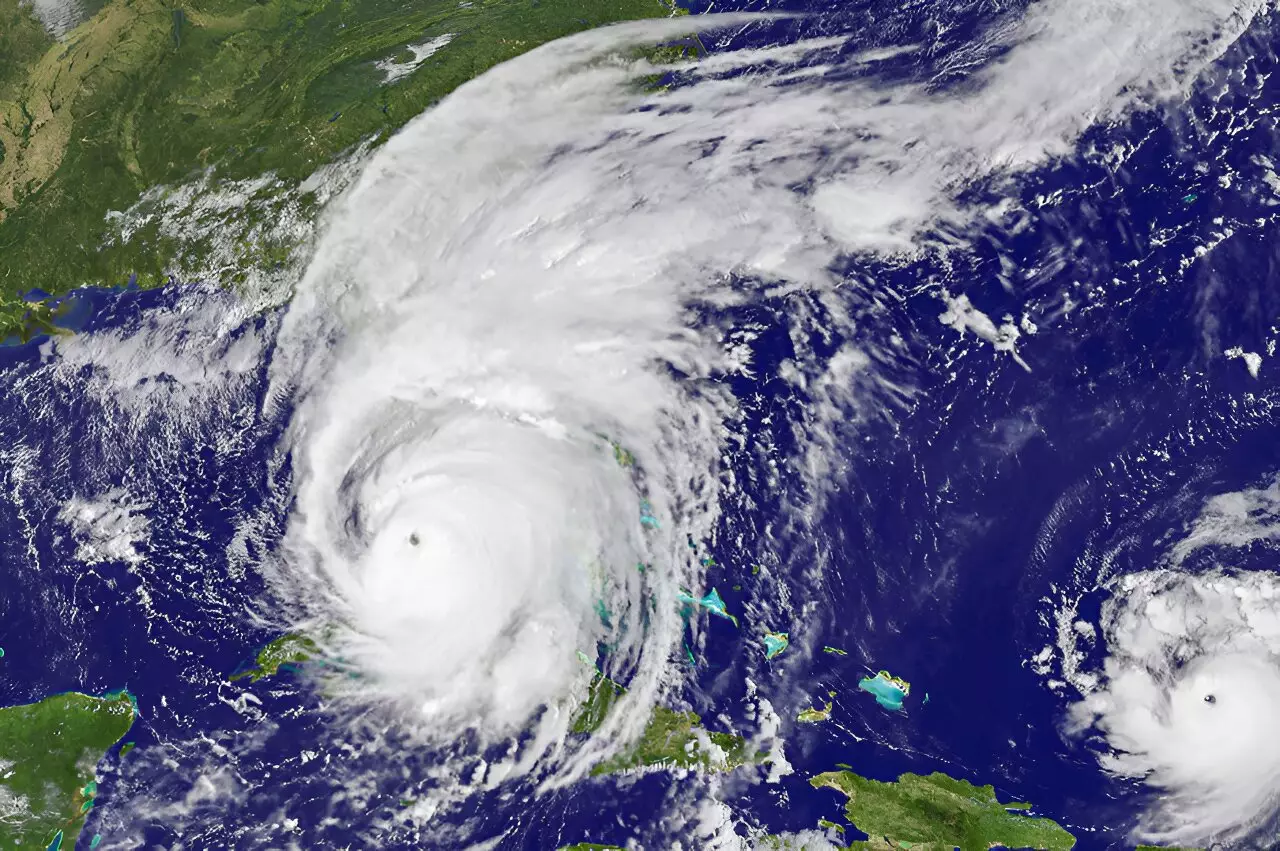The repercussions of Hurricane Irma’s fury on Miami-Dade County extend far beyond the staggering statistics of damaged infrastructure and power outages. On September 10, 2017, when the hurricane struck, the physical landscape of the area was altered, leading to critical implications for public health as well. This article delves into the surprising consequences of the disaster—primarily the rise in mosquito populations and the increased risks of vector-borne diseases, an area that has garnered attention due to a recent study led by a University of Miami expert.
The storm inflicted substantial damage, leaving over 900,000 Florida Power and Light customers without electricity and rendering inoperable more than 600 cellphone towers. Flooding reached alarming levels, with areas in Coconut Grove and Matheson Hammock Park seeing water levels rise to six feet. While the immediate focus post-storm was on the restoration of essential services, a different kind of crisis was brewing—one that could have long-lasting implications for the health of the local population.
As communities began to recuperate from the impacts of the storm, they inadvertently became prime breeding grounds for mosquitoes. The ideal breeding conditions created by warmer temperatures, high humidity, and nutrient-rich floodwaters set the stage for a spike in mosquito populations, exacerbating the risk of diseases that can be transmitted through these insects.
The Study: Addressing a Public Health Blind Spot
In an enlightening response to the post-hurricane environment, a study conducted by Imelda Moise, an associate professor of geography, sought to quantify and analyze mosquito populations in the aftermath of Irma. Published in the journal *Scientific Reports*, this research utilized mosquito surveillance data collected from over 160 locations across Miami-Dade County from 2016 to 2018. By comparing the pre-storm and post-storm data, the team was able to highlight marked increases in mosquito capture rates.
The results were startling: During the four-week period following Hurricane Irma, mosquito catches were recorded at rates 7.3 and 8 times higher than in the same span in the previous and subsequent years, respectively. Among the 32 species documented, Culex nigripalpus stood out as the predominant species, accounting for a striking 70.4 percent of captures. Known for being a major vector for diseases in Florida, these findings underscored the urgent need for vigilance in post-storm health safety measures.
Moise’s research brought forth critical ecological insights that challenge conventional wisdom regarding storm impacts on mosquito populations. Traditionally viewed as events that would rid environments of breeding habitats, hurricanes shifted the physical attributes of landscapes in ways that unexpectedly favored mosquito reproduction. Surprisingly, just one week after the storm, populations of mosquitoes rebounded, threatening the safety of the recovering community members.
Moise articulated, “Initially, it was thought that heavy rains from storms would flush everything out, eliminating the breeding sites for mosquitoes.” This perspective now appears increasingly naive, necessitating new strategies that focus on managing mosquito populations more effectively during disaster recovery phases.
The implications of increased mosquito populations extend into the realm of public health, particularly for vulnerable populations in densely packed neighborhoods. The findings from this study echo similar trends seen in other hurricane-affected areas, such as New Orleans after Hurricane Katrina and Puerto Rico following Hurricane Maria. Each case underscores the urgent need for communities to prepare for the public health risks that arise in the wake of natural disasters.
In light of these findings, Moise advocates for heightened awareness and preventive measures to deal with both nuisance mosquitoes and those capable of spreading diseases like West Nile Virus, Zika, and Saint Louis encephalitis. As tropical storms become more frequent due to climate change, this becomes increasingly crucial for safeguarding public health.
Looking ahead, Moise expresses a desire to extend her research to investigate potential correlations between hurricane activity and vector-borne disease outbreaks across coastal cities. “If we’re to mitigate and prevent future risks of vector-borne diseases,” she emphasizes, “we must understand the complex ecological and social dynamics at play.”
As we confront the multi-faceted impacts of climate change and natural disasters, the lessons from Hurricane Irma cannot be ignored. By seeking to understand and prepare for post-hurricane mosquito surges, we may better protect our communities from the unseen threats that emerge after such catastrophic events.



Leave a Reply